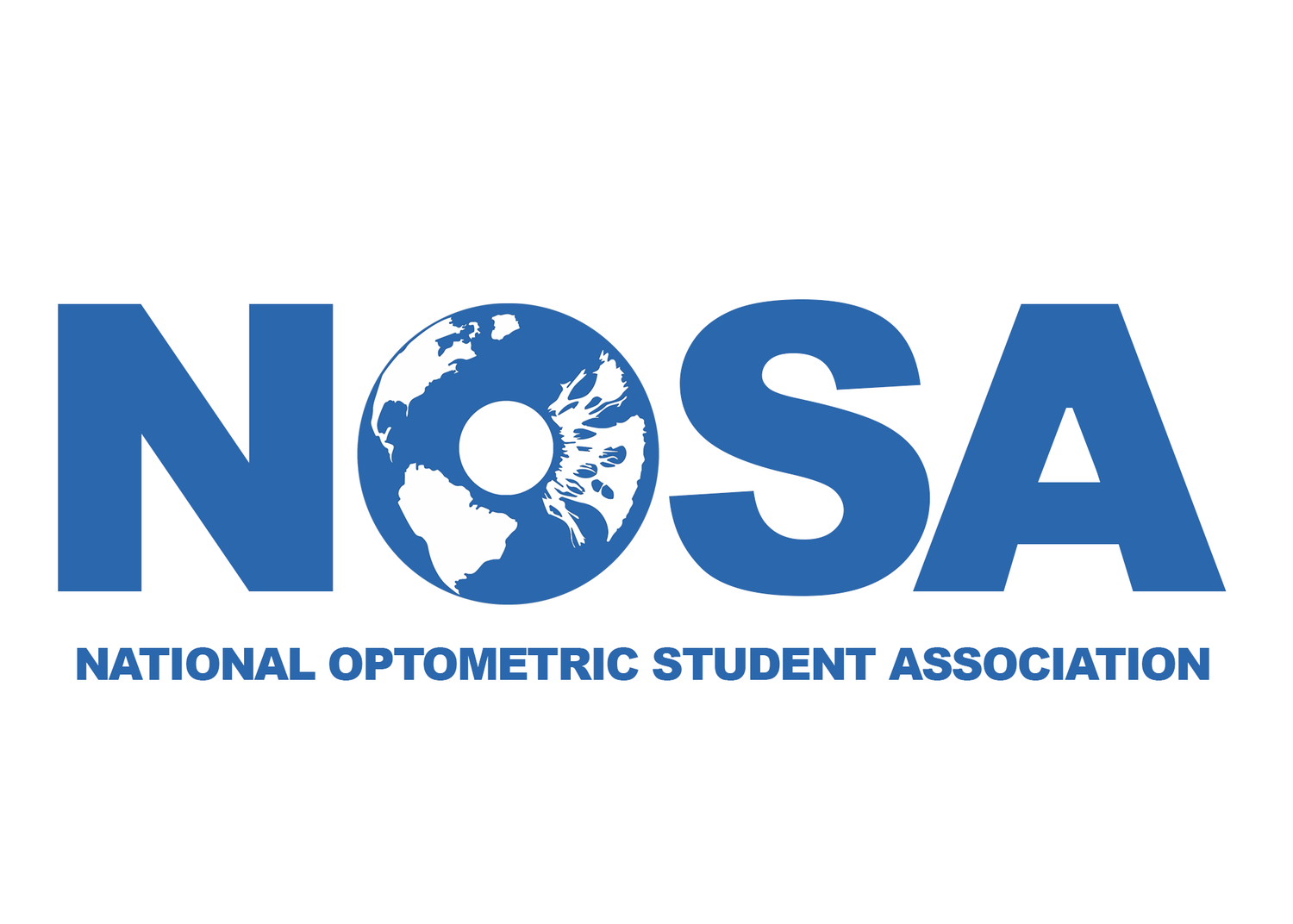Glaucoma Awareness Month
Despite best efforts and copiously available literature, many patients are still confused about glaucoma. It’s hard to blame patients for being confused, however, because glaucoma is such a difficult disease to understand and encompass. Whether you’re trying to get the glaucoma squared away for yourself or are looking for an explanation roadmap, here are a few tips.
General Tips
_
Start Broad: Glaucoma is a group of neuropathies. In other words, it’s more than one disease. Even if you’re trying to simplify glaucoma for your patient, you should still mention that it is an umbrella term to encompass several conditions.
_
Explain Their Specific Case: Once you’ve explained to your patient that there are many types of glaucoma, go ahead and focus on their specific case. You may know everything there is to know about glaucoma, but if you don’t explain to your patient what’s going on with them specifically, they won’t be as compliant. Worse still, they may take to Dr. Google later and maybe find information on another type of glaucoma which will not only confuse them and all other healthcare practitioners but will also lead them to think that less of you.
_
Include Ocular Hypertension: Remember, that ocular hypertension is a persistent increase in intraocular pressure without the signs and symptoms of glaucoma. This one is not too difficult to explain because most patients already know that having high blood pressure isn’t ideal, so having high eye pressure isn’t good either.
_
Break Down an Open Angle: If the patient suffers from Primary Open Angle Glaucomausing high blood pressure is still a great analogy. However, you want to stress that the damage is already starting and to follow the patient closely to ensure compliance. Normal Tension Glaucoma little rough to explain because the disease is not well understood. It is important to stress that damage is occurring and that lowering pressure further is the only proven method of approach.
_
The Sink Analogy for Clogged Angles: There are a few instances where the angle may become clogged or damaged. These include pseudoexfoliation syndrome, uveitic glaucoma etc. In such a case, a sink analogy would be helpful. Many students and doctors have heard of the sink analogy. The eye is a sink and the drain is clogged, which means that the proverbial “overflow” causes damage to the optic nerve. This is a good general analogy, but it may help to add specifics that pertain to your patient’s condition.
_
Model a Closed Angle: This is where it may help to have an eye model or an image that shows aqueous flow. Whether the problem is synechia or plateau iris or simply an anatomically narrow angle, a quick diagram can help the patient understand their condition.
